PHOTOS: Vibrant Cape Verdean culture draws people to drab Lisbon suburb
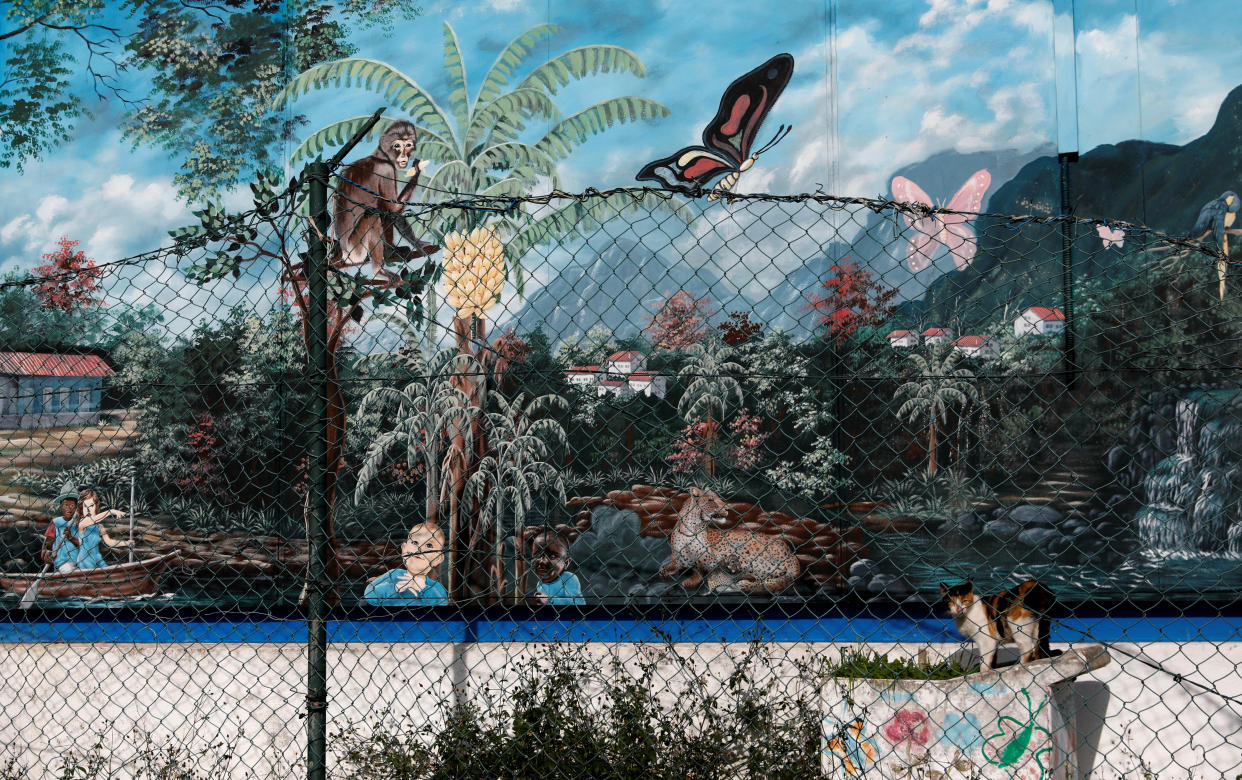
LISBON, Portugal — Just a 20-minute drive from downtown Lisbon lies Cova da Moura, one of Portugal's poorest and most neglected neighborhoods, but whose immigrants from Cape Verde are transforming the area's image.
Long considered a no-go area by Lisbon residents, Cova da Moura is a warren of small streets where Cape Verdeans make up two-thirds of the 6,000 residents. They celebrate their home, a tiny archipelago off Africa's west coast, with music, food and street art — which tourists increasingly want to experience.
"Sometimes the only thing people know about Cova da Moura is the negative side," said Paulo Cabral, 36, who was born locally to Cape Verdean parents. "But that isn't the whole truth."
Sitting a short distance away from the tiny room where he grew up, Cabral, who now organizes tours of Cova da Moura, said contact with its people helps change perceptions.
He jokingly calls Cova da Moura a "more developed area" of Cape Verde.
"When you visit once, you keep on coming back."
His tours cost five euros per person, and are most popular with tourists, especially Germans. A typical Cape Verdean lunch on the tour costs 7.50 euros.
Cova da Moura's simple brick-and-concrete dwellings stretch across 40 acres of hills on the outskirts of the capital.
The area remains notorious within Portugal for its crime rate and a trial over alleged police brutality. Seventeen officers at a local police station have been charged with torture, kidnapping, falsifying reports and other crimes.
Police declined to comment as the trial is ongoing.
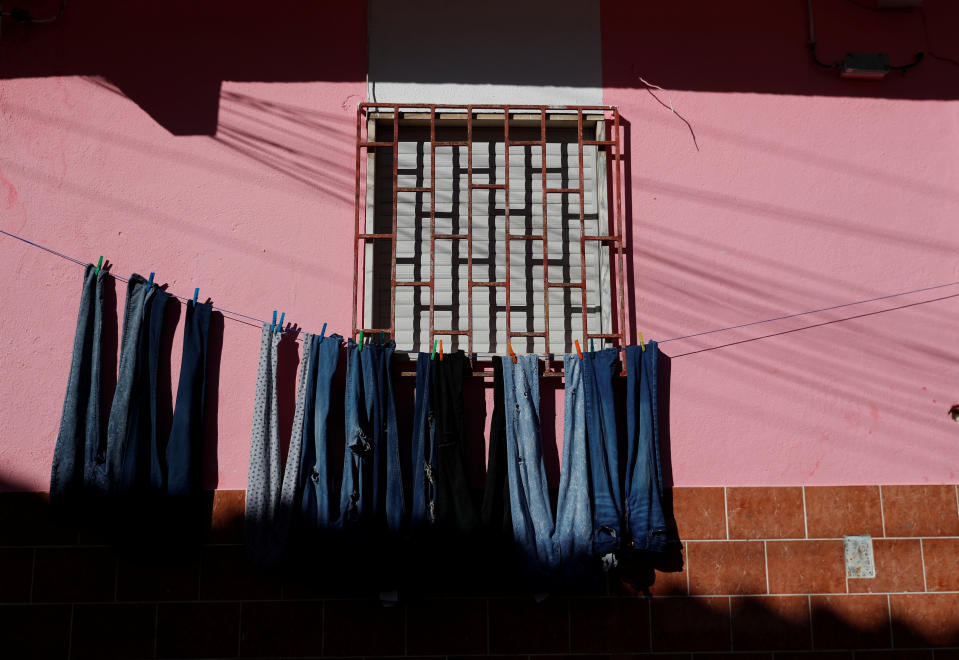
MORNA MUSIC
Most evenings, Cova da Moura is alive with African beats and melodies. One of the musicians is Francisco Fortes. A bricklayer by day, the 56-year-old's true passion emerges when he takes the stage at Coqueiro, one of the dozens of restaurants serving traditional food, to sing “morna” ballads.
Made famous by Cape Verde's singing legend Cesaria Evora, morna is a musical mainstay here. The more upbeat “funana” and “batuque” styles, which will be featured in Madonna's upcoming album, are also popular.
Madonna has had a home in Portugal since 2017.
"Living in Cova da Moura is just like living in Cape Verde," Fortes said as he ate a richly flavored “cachupa” stew.
In the streets, some named after Cape Verdean islands, murals honor the country's heroes, such as Amílcar Cabral, who fought against Portuguese colonial rule.
Now retired, 75-year-old Evaristo Marques, who was born in Cape Verde's capital Praia, doesn't see himself living anywhere else. "People can say whatever they want about Cova da Moura, but I will only leave this place when I'm dead," he said.
People like Marques started settling in Cova da Moura in the 1960s, but it was only in 1974, when the so-called Carnation Revolution ended Portugal's dictatorship, that the neighborhood became a hub for migrants coming from the former colonies in Africa.
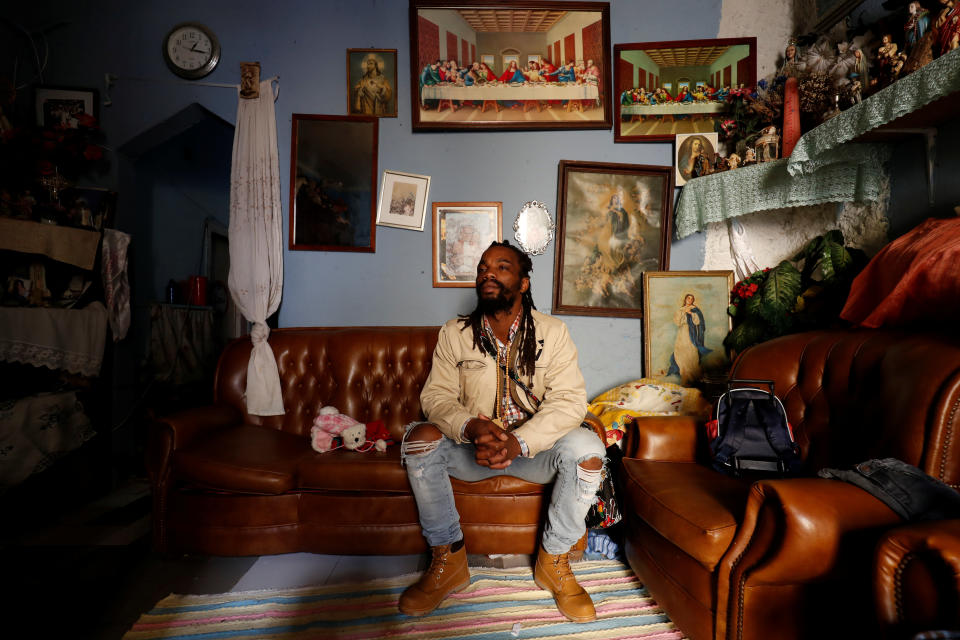
Migrants built illegal sheds and basic infrastructure, but there was no running water, sewers or electricity. Now sturdy two- or three-story houses have replaced wooden shacks and the muddy streets have been paved. Poverty is still a problem, with most residents employed as construction and domestic workers.
A 2017 United Nations report found that those from former colonies living in Portugal are among the poorest and most deprived in terms of access to adequate housing.
"People may be poor here but they have big hearts, and preserving culture is part of who we are," Cabral said. (Reuters)
Story by Catarina Demony
Photography by Rafael Marchante/Reuters
See more news-related photo galleries and follow us on Yahoo News Photo Twitter and Tumblr.

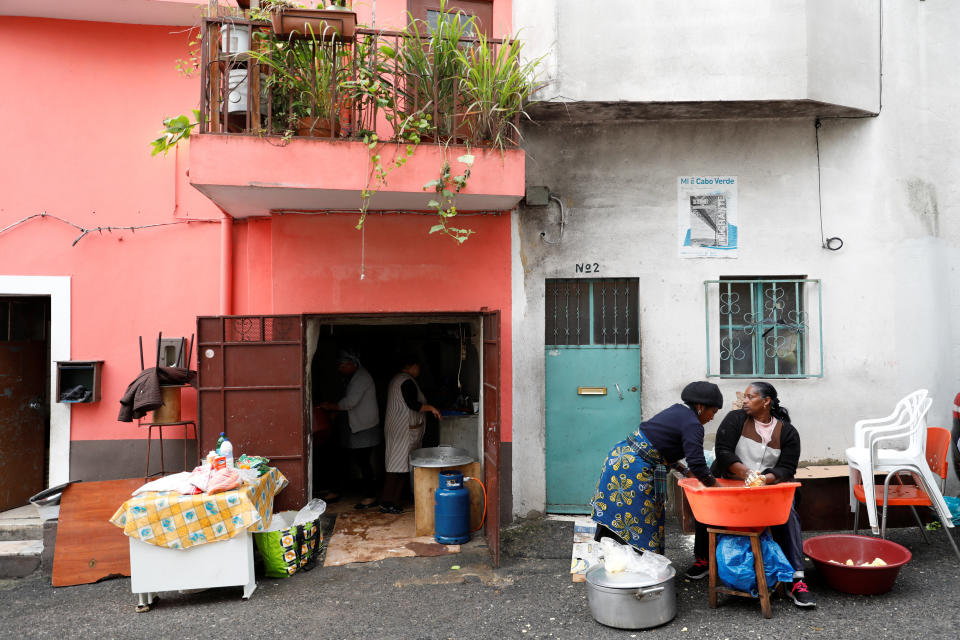

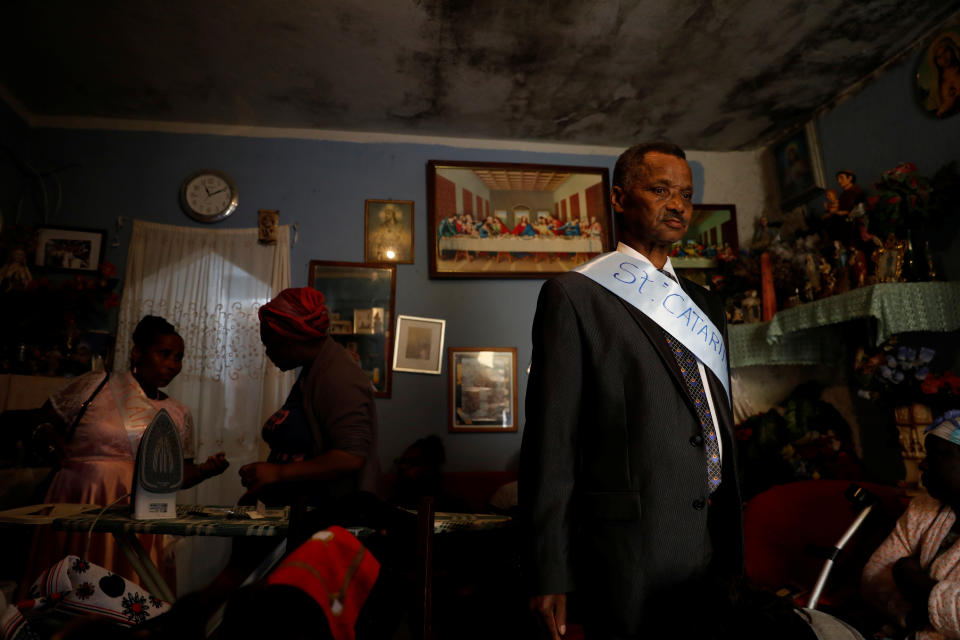
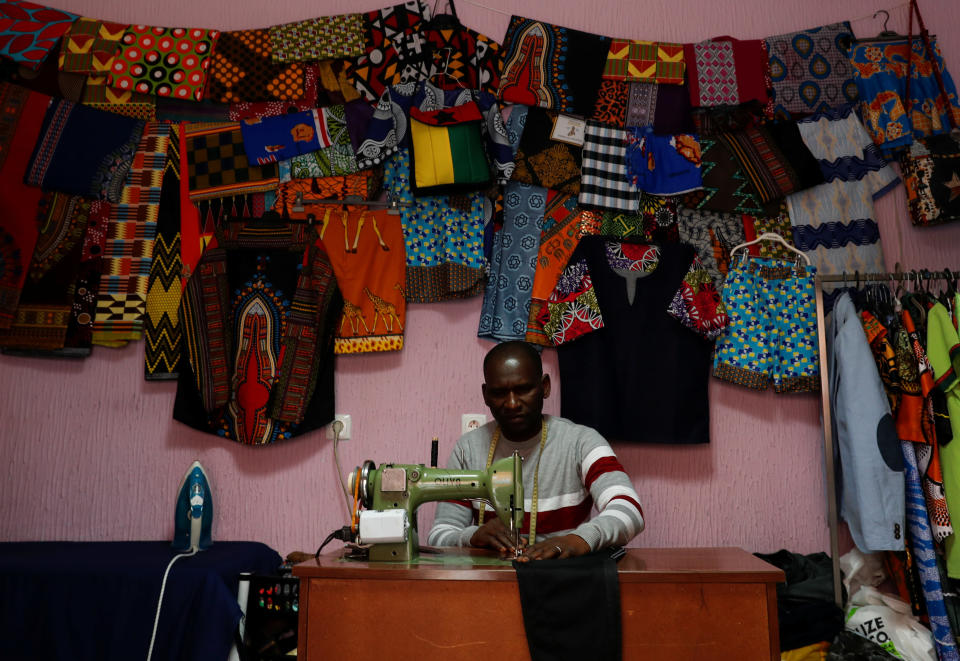


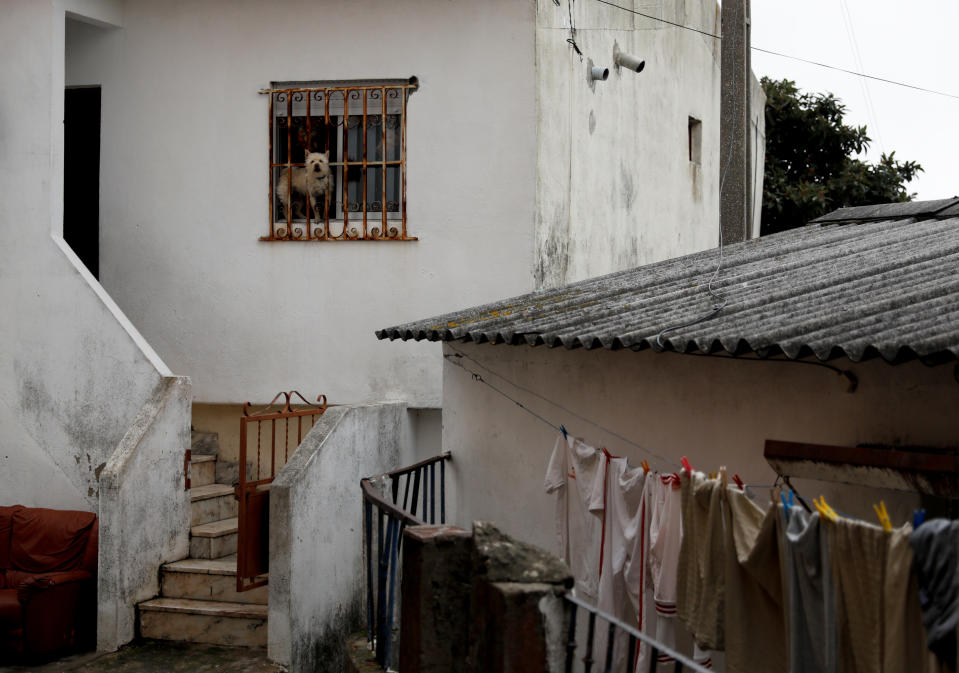
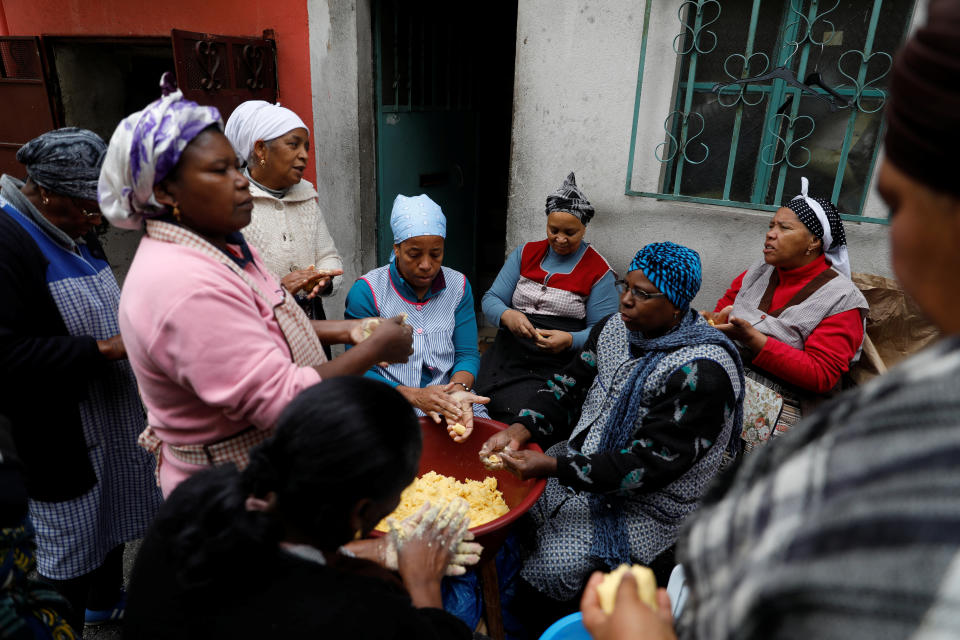
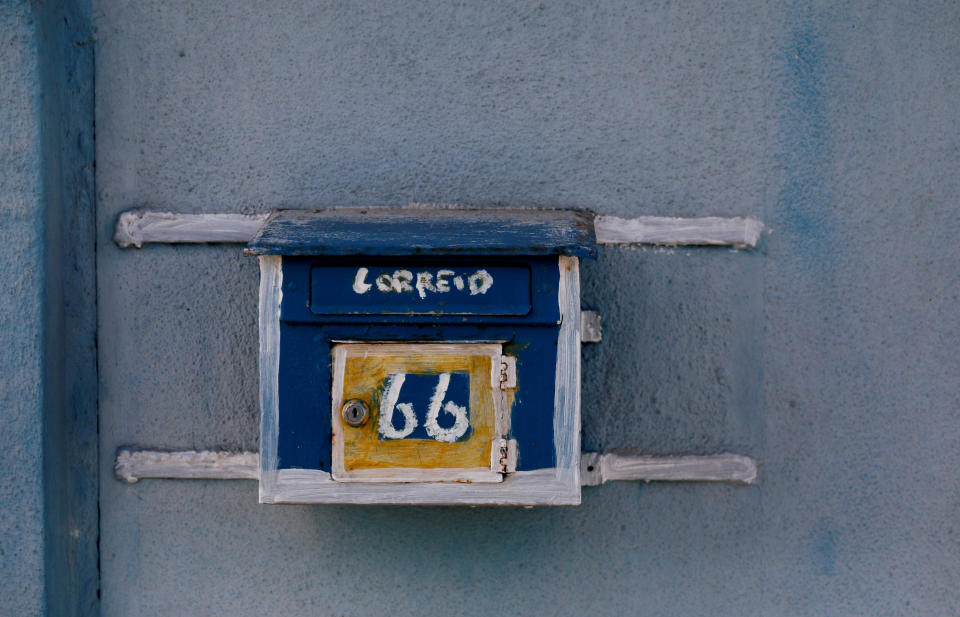
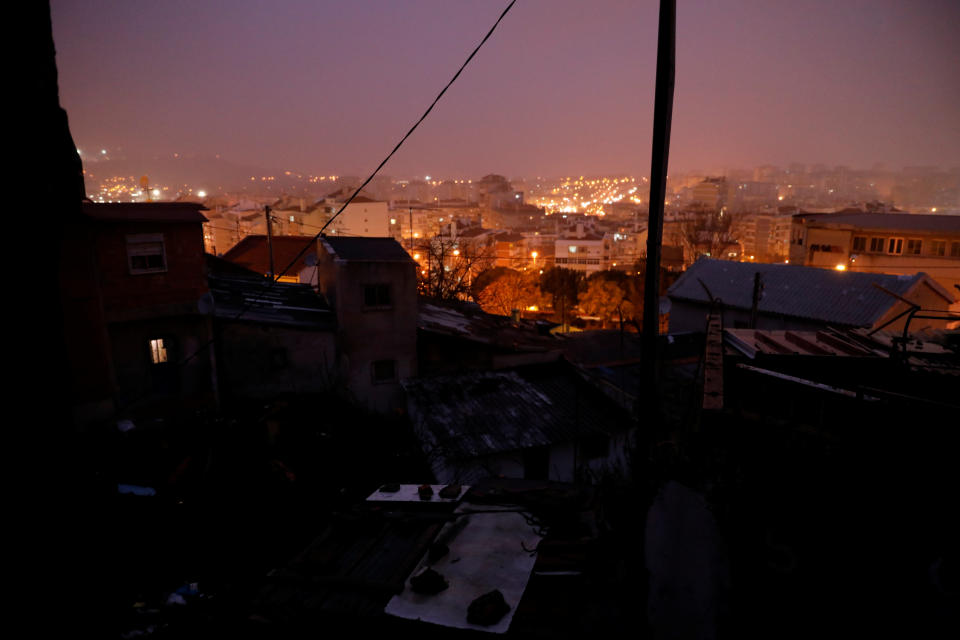
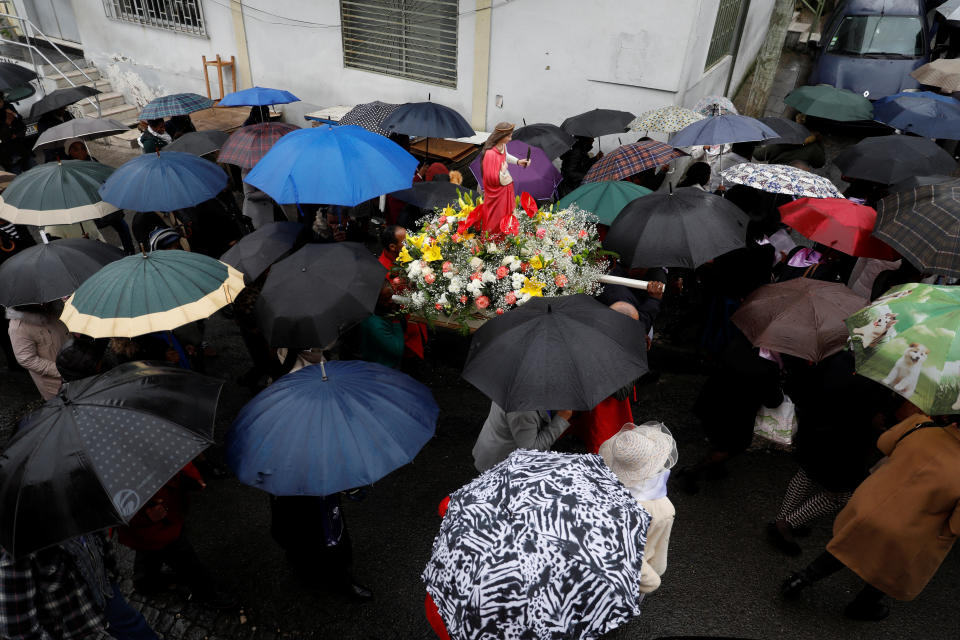
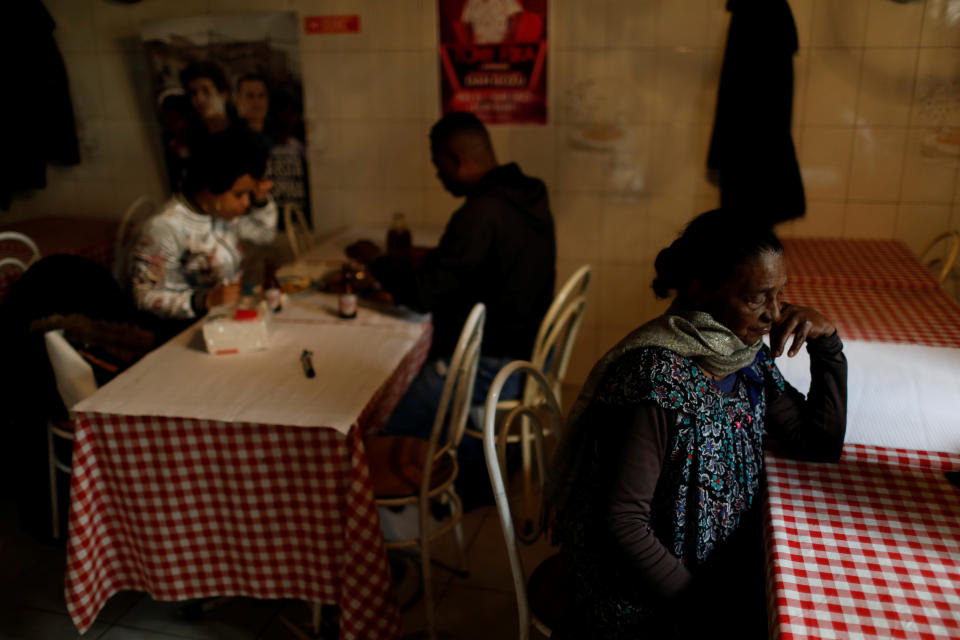
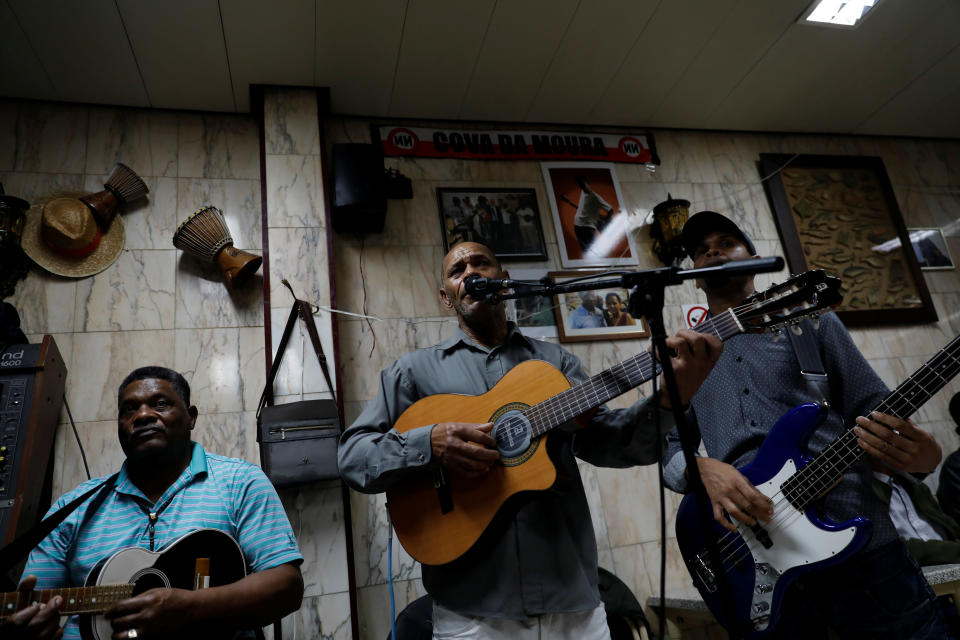
_____
Read more from Yahoo News:


